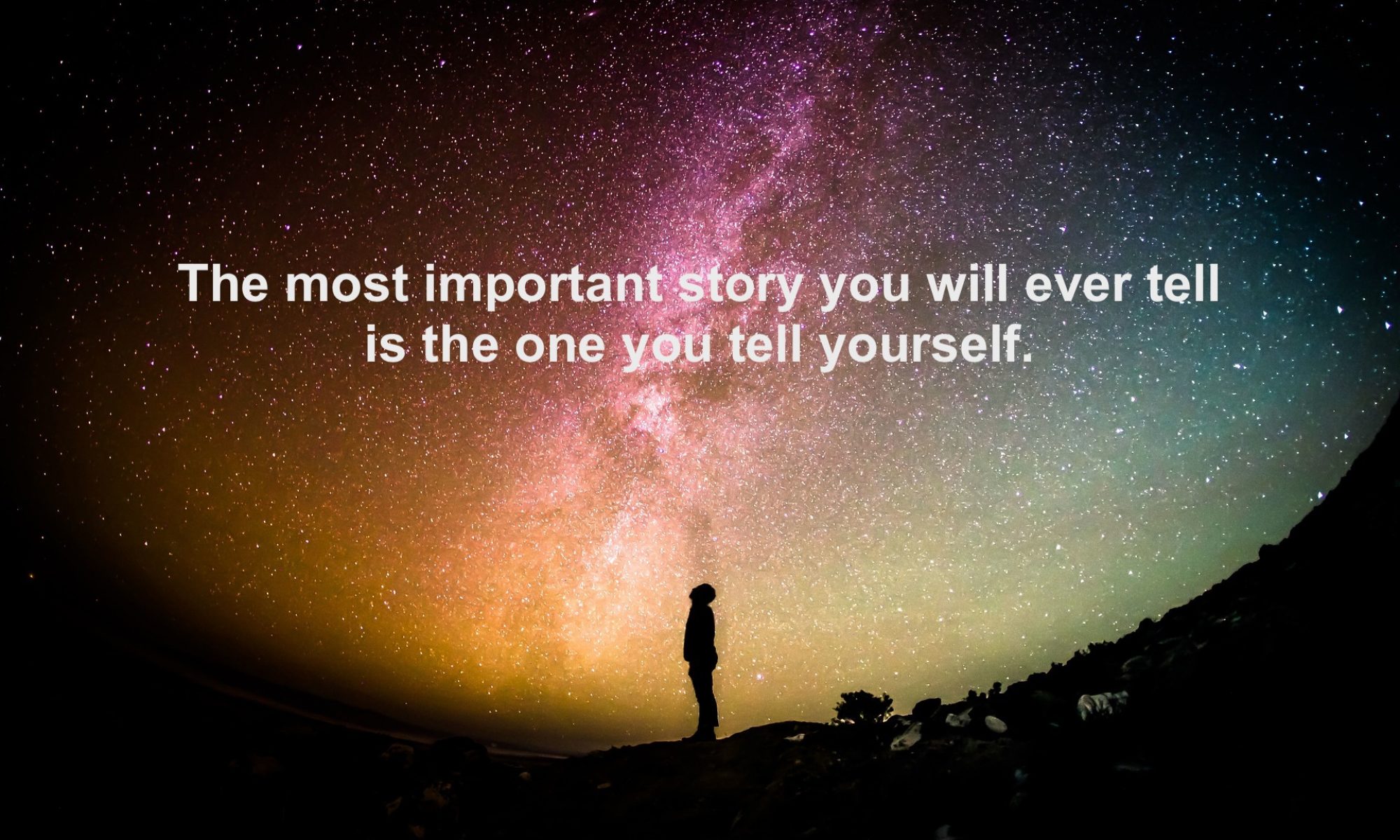“Giving up smoking is the easiest thing in the world. I know because I’ve done it thousands of times.” — Mark Twain
How long does it take to change? Various studies have found that it takes three days, three weeks, or 30 days. I never understood how they measured that—it sounds like they’re just pulling numbers out of a hat. A more recent study says it takes 18-254 days. That’s quite a range! So what’s the real answer? As long as it takes.
 I know, that’s not much of an answer. As in so many areas of real life problems, the real answer is: It depends. It depends on a variety of factors, such as:
I know, that’s not much of an answer. As in so many areas of real life problems, the real answer is: It depends. It depends on a variety of factors, such as:
Your nature. Are you determined and focused, or are you easily distracted and prone to quitting? Obviously you will do better if you are determined and persistent.
The type of change. Some habits are relatively easy to adopt, for example, drinking a glass of water every morning. Others, such as adopting an exercise regimen or diet, are more challenging. Changing your mindset or beliefs can be extremely difficult.
How badly you want to change. For this one, let me tell you a story, as told to me by my grandfather.
My Grandpa Sam was a dashing fellow (so he told me), and smoked according to the fashion of the day. Cigars, pipes, cigarettes, whatever was handy—he’d fire it up and contentedly puff away.
Sam had three young daughters. Nothing brought him more joy than to walk into his house after work and have them run to greet him at the door, smothering him with hugs and kisses.
One evening he came home and braced himself to receive the onslaught of affection. The three girls charged at him. My Aunt Irma, the oldest and fastest, reached him first. As she threw her arms around his neck she noticed the strong scent of tobacco. She drew back instinctively and said, “Eww, Daddy, you stink!” The two younger ones followed their big sister’s lead and refused to come near him. He tried to coax them over but they were having none of it. The rejection pierced him like a knife to the heart. He never smoked again.
Are you hoping things will change by magic, or are you committed to doing whatever it takes?
Do you have a plan? It isn’t enough to just want to change, it takes work to make it happen. A wish is not a goal, and hope is not commitment.
One of the best plans is a set of rules. Instead of saying “I will drink more water,” adopt a rule such as “I will drink a glass of water every morning when I brush my teeth and before every meal.” No exceptions. Instead of deciding to exercise more, make a rule that “I will exercise four times a week, and do 20 pushups before bed.” You must also define what you mean by “exercise,” for example, a 5K run, an hour in the gym, or 30 laps in the pool.
When it comes to rewriting your inner story, your plan may take the form of a series of challenges. For example, suppose your old foundational story says you are low on confidence and socially inept. Years of living by that script written by your child-self has reinforced your behaviors. After you disprove the old story and rewrite it to reflect your new reality, you will need to test and reinforce the new story by designing a program of challenges. These challenges must be relevant to your objective, and they should be increasingly difficult or complex. A simple set of challenges might look like this:
Ask a service representative for help
Ask a stranger for directions
Strike up a conversation with the concierge at a hotel
Make small talk with someone you don’t know at a party
Offer your opinion on a matter in conversation with someone you don’t know
Try to persuade someone to change their point of view
You would attempt each challenge a number of times until you feel comfortable and confident, and then move on to the next one.
Whether you have support or some system of reinforcement. Anyone can quit smoking for an hour, or maybe a day. Anyone can go to the gym once, or order a diet meal. But permanent change is not easy to do on your own. It helps to have a loved one to encourage you, an accountability partner, or a coach.
Change happens all the time, whether you like it or not. Why let change simply happen to you, when you can choose to change purposefully for your desired result?




